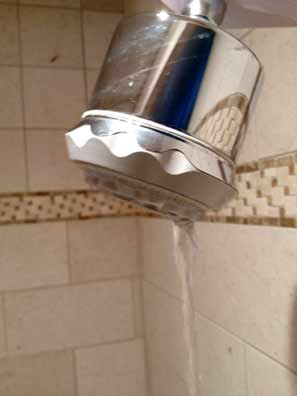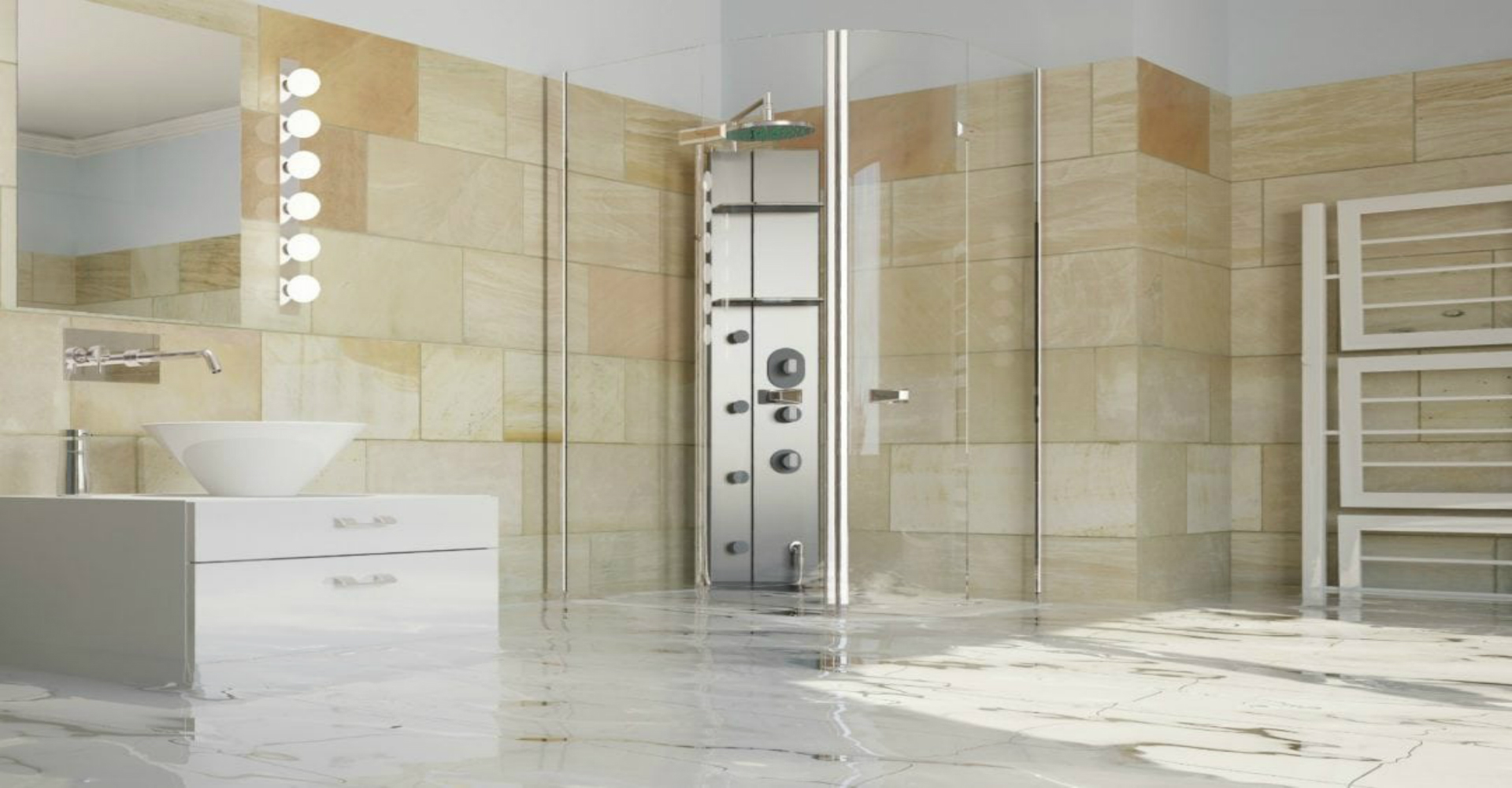They are making several good observations on the subject of How to Check for Bathroom Leaks in general in this post following next.

Shower room leakages are frustrating as they disrupt your day's plan. They vary in severity depending upon the source of the leak. You have to prioritize them, as they can swiftly intensify. So, it is a relief that the majority of shower room leaks are easy to find and take care of, with marginal expense implications.
Having a water leakage in bathroom can be stressful to the home owner. Dealing with the leak ends up being a simple issue if you recognize what to do. So, this write-up is important as a home guide to repairing a water and finding leakage in shower room. It does not change the requirement for expert competence. The post serves as a "first aid" when you need an emergency reaction to a water leakage in restroom.
Detection and Repair Service of Water Leakage in Shower Room
Water leakage in washroom frequently arises from plumbing and pipeline mistakes. There are a number of sorts of shower room leaks. You may need a fundamental understanding of these leak kinds to identify the water leak in bathroom. Right here are the usual washroom leaks and fix pointers:
Sprinkle Leaks
These typically result from water spilling on the bathroom flooring from the bathtub. It damages the bathroom floor and might cause rot to wood floors as well as bathroom doors.
What to Do
If the leak has harmed the restroom flooring or door, you may need to change these to avoid more damages. The excellent news is that you can involve a plumbing specialist to help with the restroom fixing.
Commode Leaks
In some cases, water leaks from the bathroom and pools around the bathroom base. It is an eye sore in the shower room and needs punctual interest. Sometimes, it arises from a loose connection between the commode and also the tank. This causes water to drip from the cistern to the floor. It may also arise from splits in the toilet dish or a malfunctioning shut-off valve.
What to Do
You just need to tighten them if there are loosened screws in between the cistern as well as bathroom. Sometimes you might need to reapply wax on the gasket or hire a washroom leak specialist to replace used or damaged components.
Clogged Washroom Sinks
In some cases, the water leakage in bathroom results from sink clogs. This is commonly a nuisance to property owners as well as might be unpleasant. Blockages might arise from the buildup of soap residue, hair fragments, or debris that block the drainpipe. It is easy to manage clogs, and you may not need professional skills.
What to Do
You can make use of a drain snake to eliminate the particles in the drain as well as let the stagnant water circulation. Drain pipes cleaners are likewise available in stores and also are easy to utilize.
Conclusion
Water leakages in the shower room are avoidable occasions in the house. When they do, repair them immediately, or engage the solutions of an expert.
The article offers as a "first help" when you need an emergency situation reaction to a water leakage in washroom.
Water leakage in bathroom commonly results from plumbing and pipeline mistakes. You may need a standard expertise of these leak kinds to discover the water leakage in shower room. It harms the restroom floor and also may trigger rot to wood floors and shower room doors. Sometimes, the water leak in restroom results from sink blockages.
5 Ways You Can Tell There's Water Leaking In The Bathroom
Mold and mildew
The presence of mold or mildew is a big indicator of a water leak. It's not unordinary to see mold or mildew in parts of your bathroom where water accumulates, like showers and sinks, but it's a problem if you notice it growing in other places. Mold grows in places that are moist and dark so it can point you to hidden water leaks.
Read More: https://www.housedigest.com/927314/ways-you-can-tell-theres-water-leaking-in-the-bathroom/If you notice mold or mildew growing on bathroom walls, floors, or ceilings you should be concerned. Other than pointing you in the direction of a potential leaky pipe behind your walls or under your floors, mold is dangerous to your health, according to The Waterworks. Mold can cause an allergic reaction with symptoms like watery eyes, runny noses, sneezing, headaches, and difficulty breathing. Since mold is not only unsightly to look at, but a health hazard it's important to take care of the leak as soon as possible so the mold can be cleaned before it spreads.
Read More: https://www.housedigest.com/927314/ways-you-can-tell-theres-water-leaking-in-the-bathroom/Damaged walls or floors
Unexplainable damage to your bathroom walls and floors is another sign of water leaking. If drywall gets wet it will crumble, bubble, and even warp or break apart. Before you notice your drywall deteriorating you may see the paint blistering or chipping off the wall. Or if you have wallpaper, it will begin to peel off when wet and show water stains.
Read More: https://www.housedigest.com/927314/ways-you-can-tell-theres-water-leaking-in-the-bathroom/Unstable toilet
When you sit on your toilet does it wobble? If it is unstable your toilet potentially has a flange leak, according to The Pink Plumber. Toilets are supposed to sit stable on the bathroom floor and should never be able to be moved around. There are screws that keep the toilet secured down to the floor and a wax ring that connects the toilet to the waste pipe. The wax ring creates a water-tight seal so nothing leaks when water and waste are moving through the toilet. If the wax seal is damaged or worn down it will no longer provide the proper seal, causing a flange leak and allowing wastewater to seep out.
Read More: https://www.housedigest.com/927314/ways-you-can-tell-theres-water-leaking-in-the-bathroom/Wet bathroom cabinets
Wet bathroom cabinets are a sure-fire way to tell if you have a water leak in your bathroom. When your cabinets are wet it is likely because of leaks from sink faucet or water supply lines. You will know that your cabinets are damp if you see any water stains inside the cabinets. If it is a leak from a water supply line The Pink Plumber explains that you will see water dripping out from the connectors or even puddles in the cabinets.
Read More: https://www.housedigest.com/927314/ways-you-can-tell-theres-water-leaking-in-the-bathroom/https://www.housedigest.com/927314/ways-you-can-tell-theres-water-leaking-in-the-bathroom/

I came across that post on How to Check for Bathroom Leaks when doing research the search engines. Do you know somebody who is excited about the topic? Feel free to share it. Thanks for your time spent reading it.
Check It Out